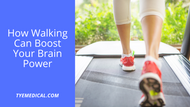How Walking Can Boost Your Brain Power
Written by TYE Medical on Jan 23rd 2024
Your brain isn’t exempt from the aging process. In fact, cognitive decline technically begins as early as your thirties. But that doesn’t mean you should just give in and allow time to take its toll without a fight. You can slow and, in some ways, even regain some of your cognitive health. And the simple act of regular walking can play a key role in boosting your brain power.
When you hit your 30s, your working memory begins to fade so that recalling bits of information and passwords becomes more of a challenge. By the time you slide into your 40s, you begin to lose brain volume at the rate of 5% per decade. And of course, this affects memory, recall, and focus.
But a recent study suggests that you can reverse the deteriorating effects of aging on your brain. The study revealed that six months of regular, brisk walking improved more than just cardiovascular fitness. It also brought improvements to the brain’s white matter and memory. What does this mean for you? And how does walking impact dementia and overall age-related memory loss? Here’s what we know.
Walking Improves White Matter and Memory
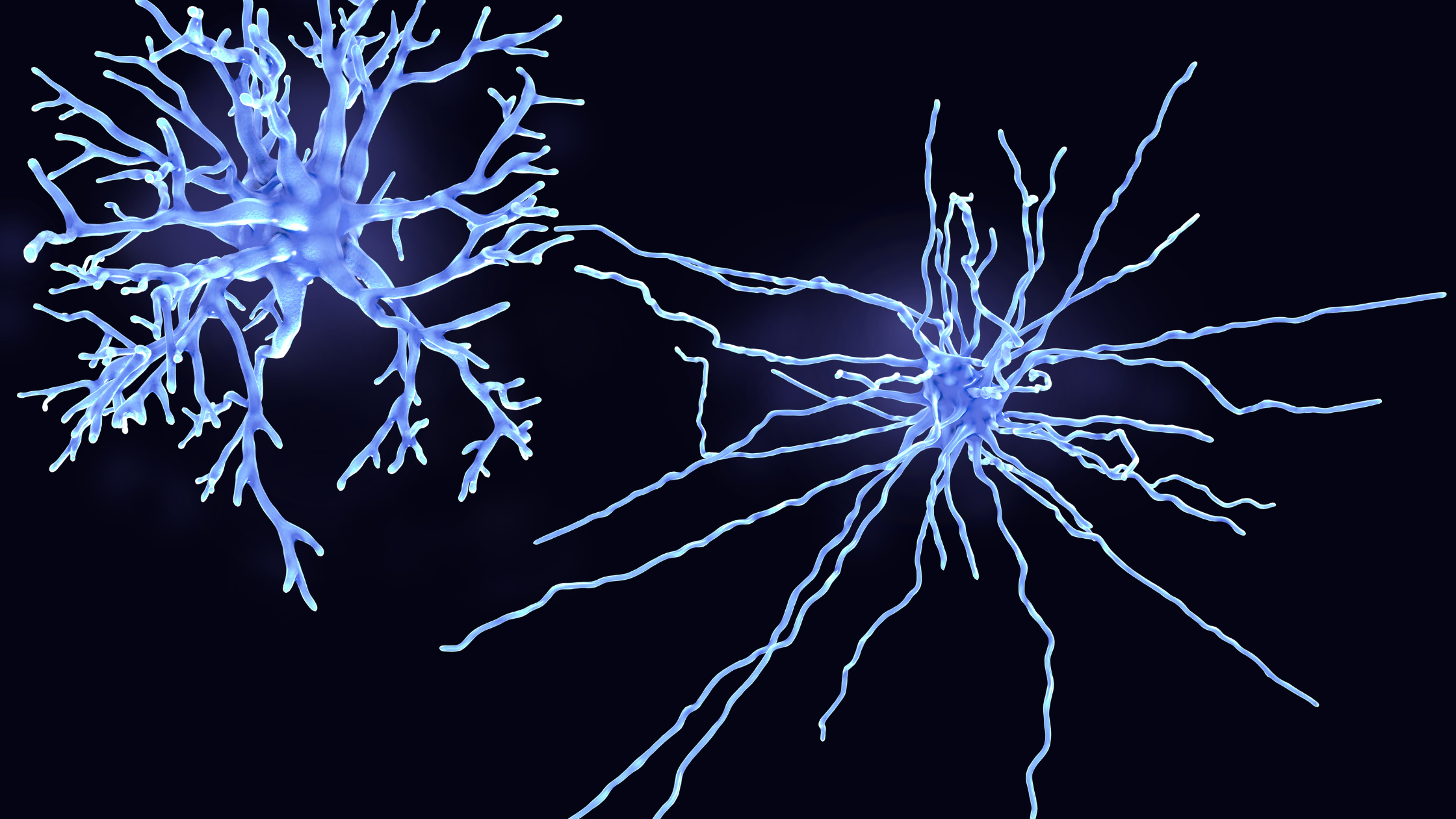
The study compared walking to other forms of exercise such as stretching, balancing, and choreographed dancing. The participants were healthy but inactive adults, over half being female. All were over the age of 60. They had no history of dementia, stroke, or other neurological issues.
Researchers established their baseline measures in areas of cardiorespiratory fitness, memory, and processing skills. They also performed an MRI to capture the function and health of existing white matter. The participants engaged in exercise three times per week for six months. The walking group took a brisk 40-minute walk each session.
At the end of the study, researchers repeated the brain tests for comparison.
Walking Boosts Brain Power More Than Dancing
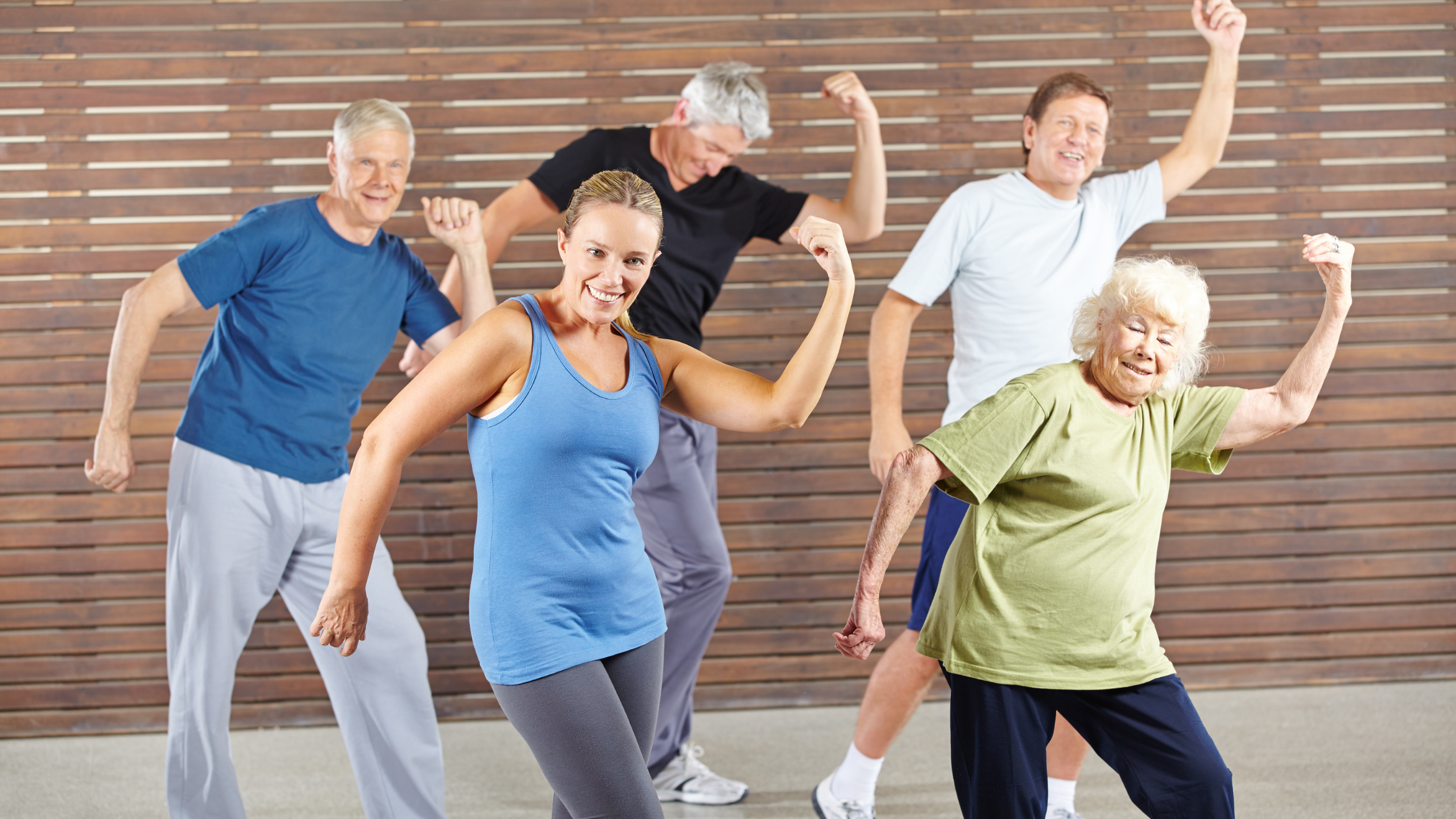
Walkers and dancers had better cardiovascular health after the six months of routine exercise. And researchers also found that both groups experienced improvements in white matter. But the positive changes in the white matter of the walking group were more prevalent. According to the MRIs, certain parts of the brain were larger and lesions (indicating damage to the brain) had shrunk during the study.
Researchers targeted specific regions of the brain for measurement, regions that are more susceptible to decline during aging. The research is crucial to scientists, proving that white matter is responsive to change and is essentially pliable. Deterioration at this stage isn’t necessarily fixed.
Walking Is Good for Your Heart and Brain
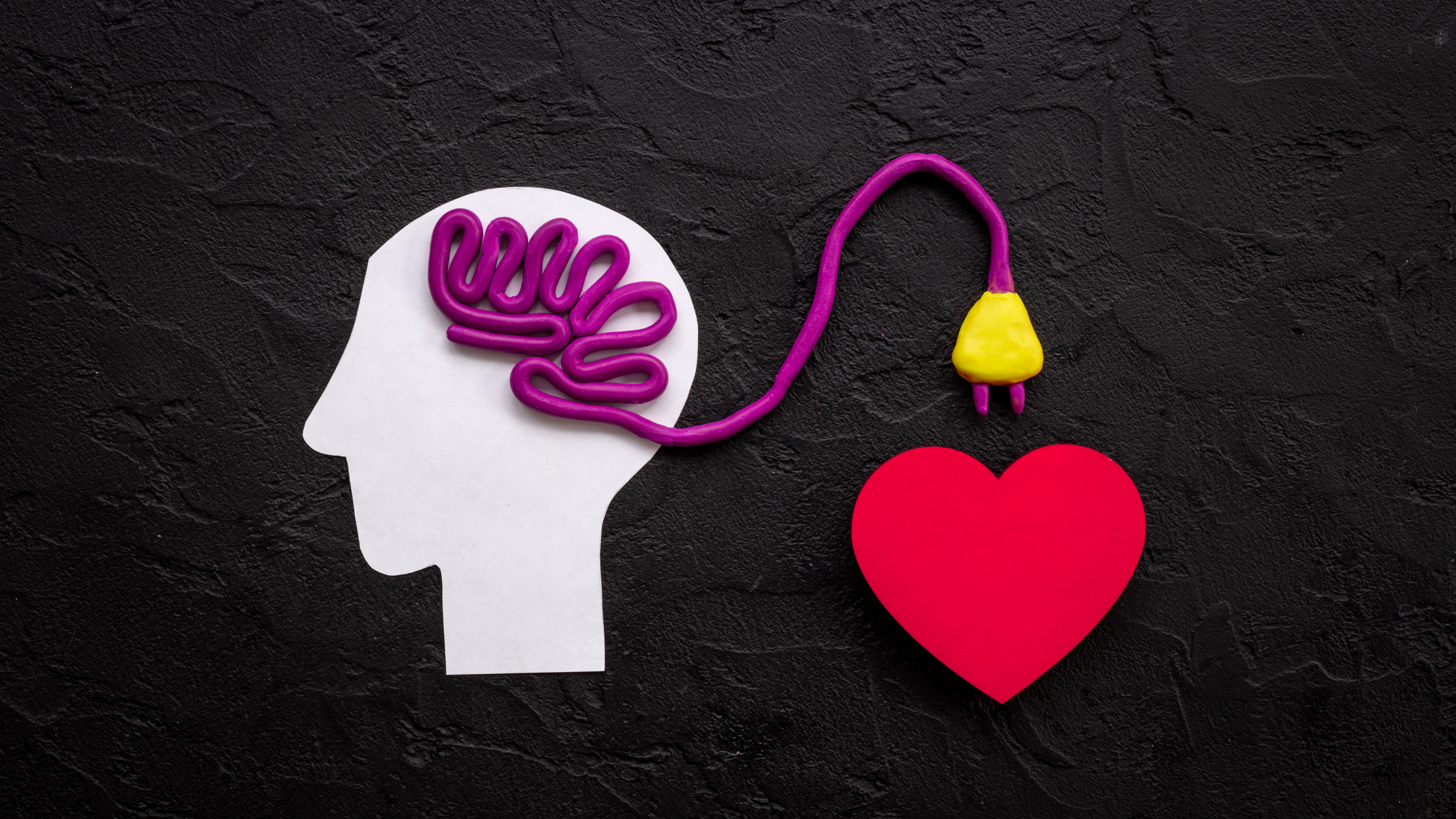
Only the walking group experienced changes in white matter that were associated with improved memory. But researchers aren’t sure why walking had a greater impact on white matter and memory than dancing. Similar results were expected since both activities are moderate intensity cardiovascular exercises. It’s possible that the instruction the dancers received kept them from more vigorous and constant movement. This means that the key to boosting memory power is aerobic exercise, constant movement with a steady supply of oxygen.
Exercise that consistently elevates your heart rate is good for your heart, and research continues to reveal that what is good for your heart is good for your brain too. Aerobic exercise increases oxygen to all parts of your body–including your brain. This increased oxygen can lower high blood pressure, one of the biggest risk factors for neurological diseases and dementia. And that risk is further diminished since routine physical activity also decreases stress and improves sleep, both of which impact memory.
The study is also valuable since it’s one of the few of its kind that was conducted as a controlled trial. Previously, most studies asked participants to report activities they were already doing rather than coming to exercise in a controlled environment.
What About Gray Matter?
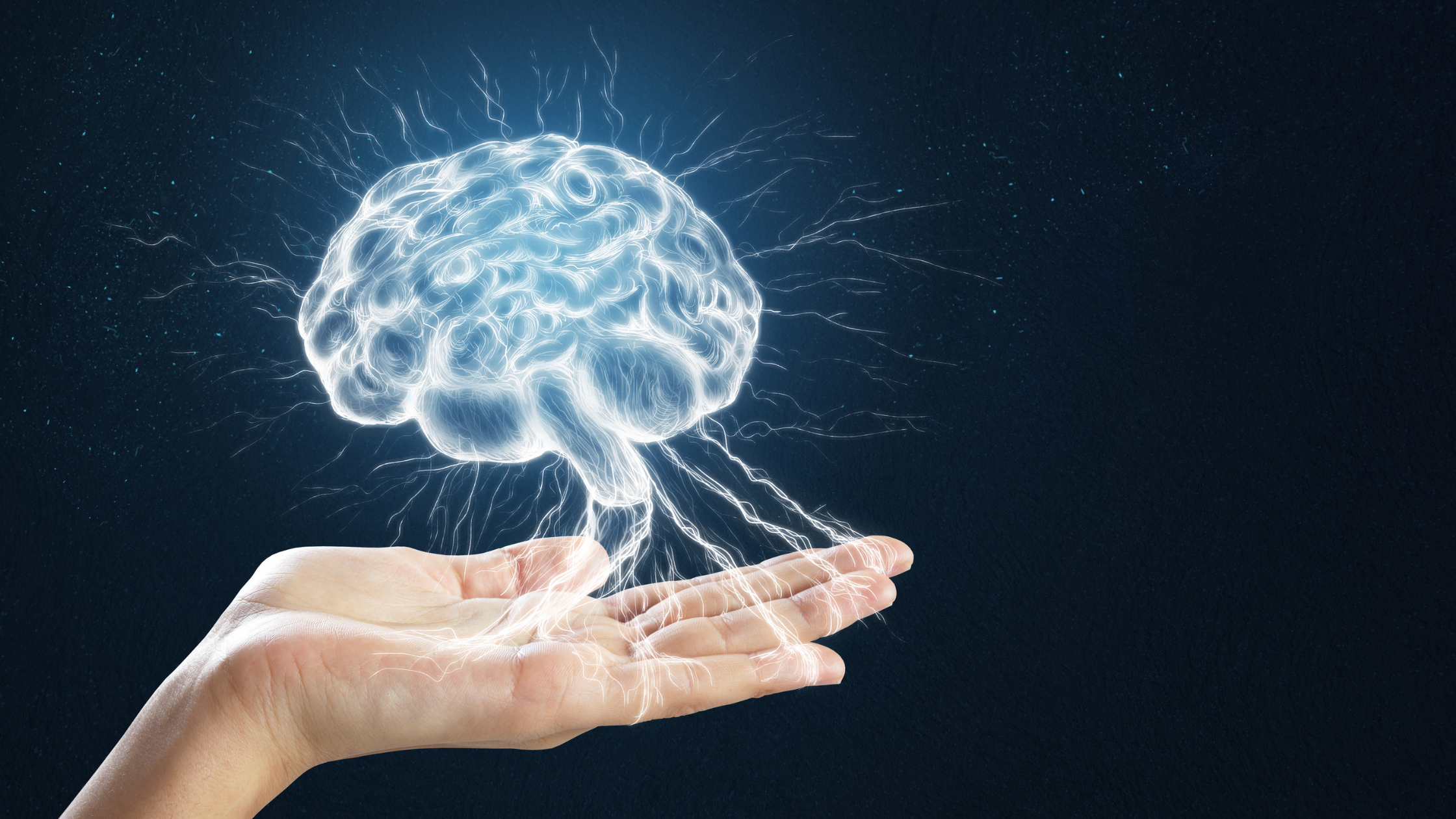
Most of the previous studies on physical activity and cognitive decline focused on gray matter, your brain’s outer layer where many of your neurons are concentrated. But this research zeroed in on the lesser studies aspect of your brain–white matter. It’s found in your brain's deeper tissues. White matter includes extensions of neurons called nerve fibers. While your gray matter can be likened to a light bulb and your white matter to the electrical wiring that carries the current.
Yes, gray matter is important, but to battle cognitive decline and age-related memory loss, you also need to revitalize and support the white matter that keeps everything going. We now understand why walking is powerful for your brain as it impacts both white and gray matter.
Time to Start Walking for Brain Health

White matter is prone to degeneration whether due to healthy aging or dementia. If you want to keep your mental acuity for as long as possible, consider adding some brisk walking to your schedule at least three days per week. If you’re new to exercise or walking, it’s okay to start small work your way up to 30-40-minute sessions. This will give you maximum impact, especially if you’re only walking a few times per week.
But walking benefits your health far beyond boosting brain power. Check out our article, 7 Benefits of Walking that Might Surprise You.

